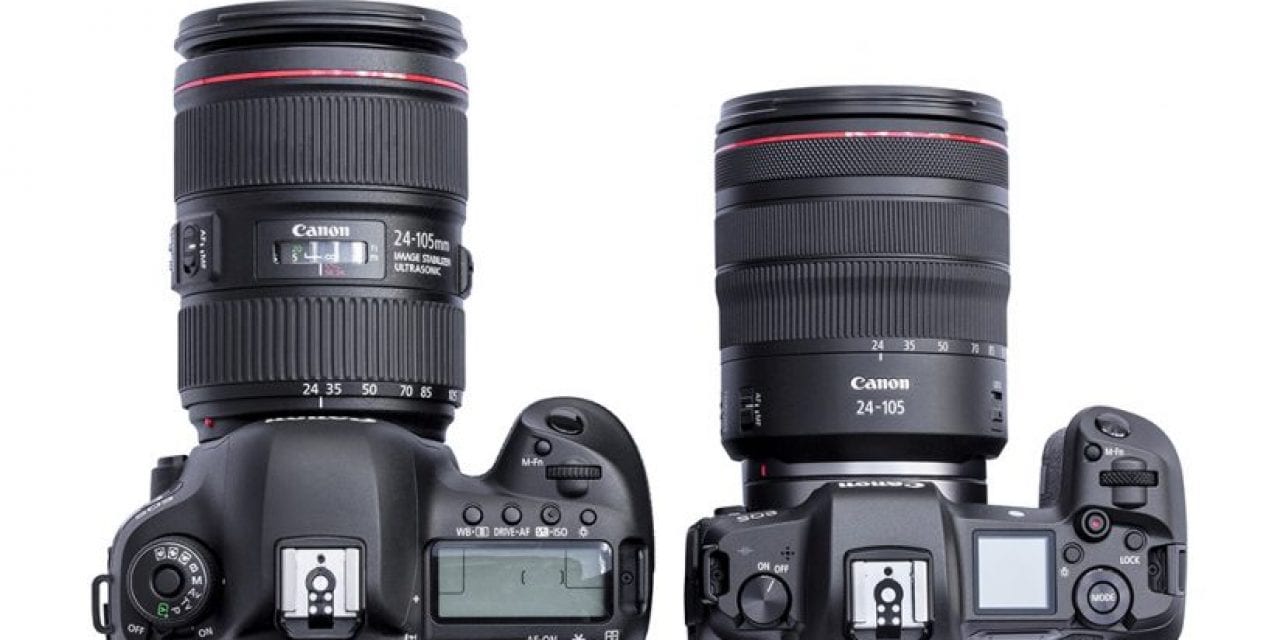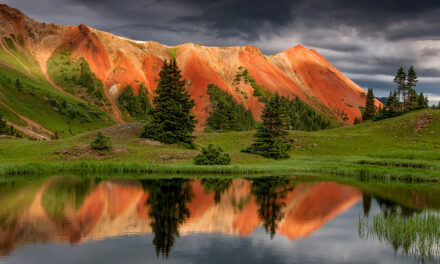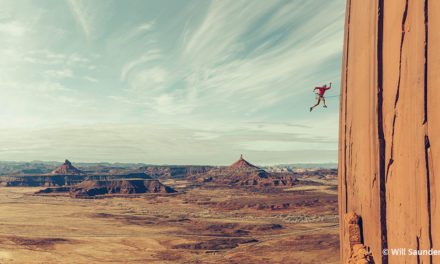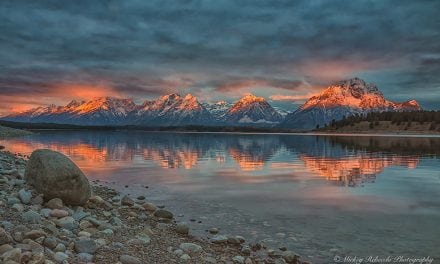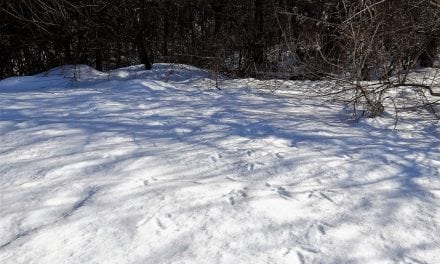Why would I need a mirrorless camera? Spoiler alert: It’s not about the size.
I already have a full-frame Canon EOS 5D Mark IV for general photography, an EOS-1D X Mark II for action wildlife, and a 50.6-megapixel EOS 5DS R for high-resolution and studio photography. I don’t really “need” another camera. Still, as I’ve watched the advancement of mirrorless digital camera technology, I’ve been intrigued by the possibilities of a capable camera that was smaller and possibly lighter, with a high-resolution electronic viewfinder (EVF) that would give a “Live View” rendition of the exposure in real time. I wanted to use that viewfinder to follow a subject, such as a flying eagle, while capturing 4K video. And, of course, the camera would need to be seamlessly compatible with my entire inventory of Canon lenses. Well, the new Canon EOS R mirrorless camera has all of these capabilities, so maybe I need another camera after all.
As of this writing, I’ve worked with the Canon EOS R for about a month on a variety of subjects and environments: wildlife, flowing rivers and fields of flowers. There’s been a lot to discover and learn about the capabilities and operation of this new technology, so in this piece I’m going to tell you how it all worked for me. Please note that I won’t be making comparisons of the Canon EOS R with other manufacturers’ mirrorless cameras. I am a satisfied Canon user with a big investment in Canon equipment, and I have no desire to switch systems. So this straightforward assessment of how the EOS R worked for me is going to be perhaps most useful to all you Canon shooters, especially those thinking of jumping into a Canon mirrorless system.
Canon EOS R: First, The Basics
The EOS R ($2,299) is a general-purpose, full-frame format camera with a 30.3-megapixel sensor. It captures with autofocus at 5 fps and at ISOs up to 40,000 (expanded equivalent to 102,400), and it shoots 4K video. This is roughly equivalent to the Canon EOS 5D Mark IV DSLR ($3,499). But is it smaller and lighter? Well, yes and no. The EOS R is roughly two-thirds the size of a 5D Mark IV. An EOS 5D Mark IV body weighs 1 pound 15 ounces, and an EOS R body weighs 1 pound 7 ounces, so the EOS R is a half-pound lighter.
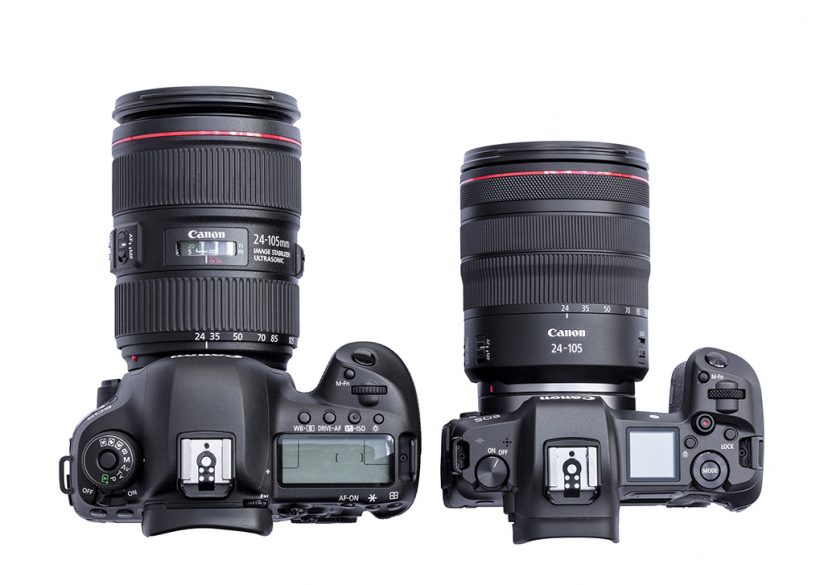
But I’m using the Canon EOS R with the BG-E22 Battery Grip ($490) that holds two batteries. It weighs a full pound, so now the R combo weighs a half-pound more than the 5D Mark IV. I like the feel of the grip, the vertical format controls it offers, and the additional battery power that lasts all day. If you don’t want the grip, slip a spare battery in your pocket.
The EOS R is compatible with the Canon RF lens group, but the Mount Adapter EF-EOS R ($99) is needed to use Canon EF or EF-S lenses.
After a day or so of exploring and testing the camera with various lenses in my studio, I headed out to see how it worked in a few real-world situations.
Critters From A Blind With The Canon EOS R
One of my “field trials” was taking the Canon EOS R to photograph birds in a natural area near my home. Working from a blind, I was looking for close-up portraits using an Canon EF 100-400mm f/4.5-5.6L IS II USM lens with a tele-extender, either the EF 1.4x III (560mm at ƒ/8) or the EF 2x III (800mm @ f/11). Now I can hear some of you saying, “Wait! You shouldn’t put a 2x extender on a 100-400mm Mark II zoom lens.” But here’s one of the great advantages of the EOS R: It autofocuses with a lens at maximum aperture of ƒ/11. Normally, Canon lenses can’t autofocus when the lens’ maximum aperture exceeds ƒ/5.6 or ƒ/8, depending on the camera. The EF 100-400mm f/4.5-5.6L IS II USM set to 400mm has a maximum aperture of ƒ/5.6; add the 2x tele-extender and you lose 2 stops of light, so the maximum aperture is now ƒ/11. None of the other Canon camera bodies will autofocus this combination. When I tried the 100-400mm and 2x tele-extender on the EOS R from the blind, the results were both unexpected and stunning. And the EOS R lens mount enabled perfect communication between the camera and lens.

The birds (quail, jays, sparrows) and a few small mammals (golden-mantled ground squirrels and chipmunks) were coming to within 4 feet of the blind. The EF 100-400mm f/4.5-5.6L IS II USM focuses to 3.2 feet, and having 800mm with AF meant that I could capture headshots. The electronic viewfinder worked well and the AF was accurate, although slowed by the ƒ/11 maximum aperture. Still, it was very useful and quick enough to get locked on the moving critters when they stopped for a second. When working close to wild subjects, the EOS R’s quiet shutter is a big plus; Silent Shutter mode is even better, although the continuous shooting feature is not available in that mode. The capture rate of 5 fps is not great for wildlife; while you can attain 8 fps without autofocus, that’s not particularly useful in this situation, either.
Flowers In Isolation
For my second field trial, I headed for a large display of cosmos, sunflowers and coneflowers just finishing their summer bloom at a riverside park and gave the new RF 50mm f/1.2L USM lens ($2,299) a try. I don’t normally have much use for a 50mm lens, let alone one at ƒ/1.2. My go-to normal is the EF 24-105mm f/4L IS II USM zoom, so the 50mm focal length is covered. But the RF 50mm f/1.2L USM lens is engineered especially for the EOS R; I was told the bokeh (out-of-focus background) was really good with this lens, so I shot flowers at ƒ/1.2. The sharpness was great within the shallow depth of field, and the backgrounds were interestingly way out of focus.
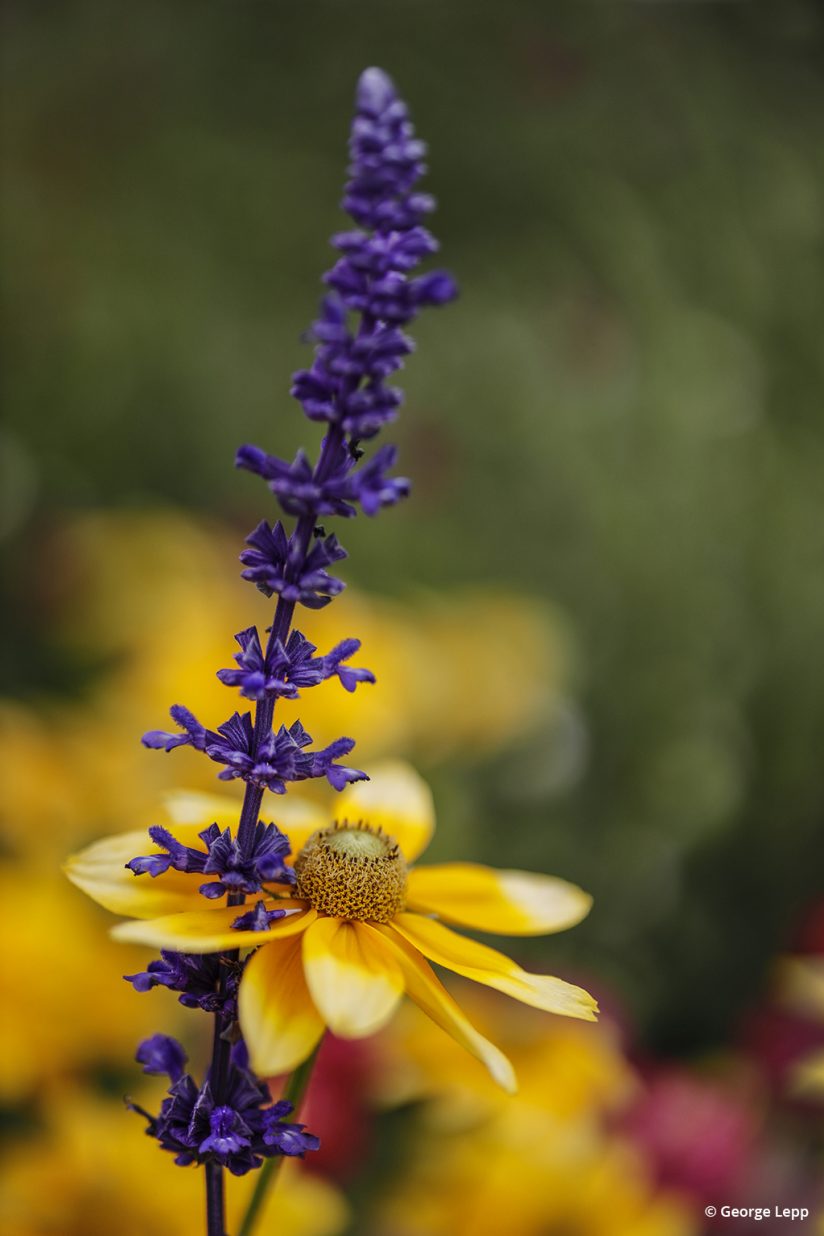
But here’s where I really came to appreciate another feature of the Canon EOS R: the articulating Vari-Angle Touchscreen LCD, which is exceptional in terms of image and information display. That great tool made it much easier to compose the shots from a variety of high and low angles.
Dallying In The Dahlias
My next field trial was at a dahlia farm in Oregon’s Willamette Valley. How would the camera work with both macro and wide-angle subjects? This was an extremely successful and satisfying shoot. The sharpness and brightness of the electronic viewfinder made the macro work easy. Viewfinders in DSLR cameras can get fairly dark as you crank up the magnification. But the image you see through the mirrorless viewfinder reflects the exposure as set on the camera, and if you have the correct exposure set, it shows it. Now there are really no excuses for coming back with under- or over-exposed images.
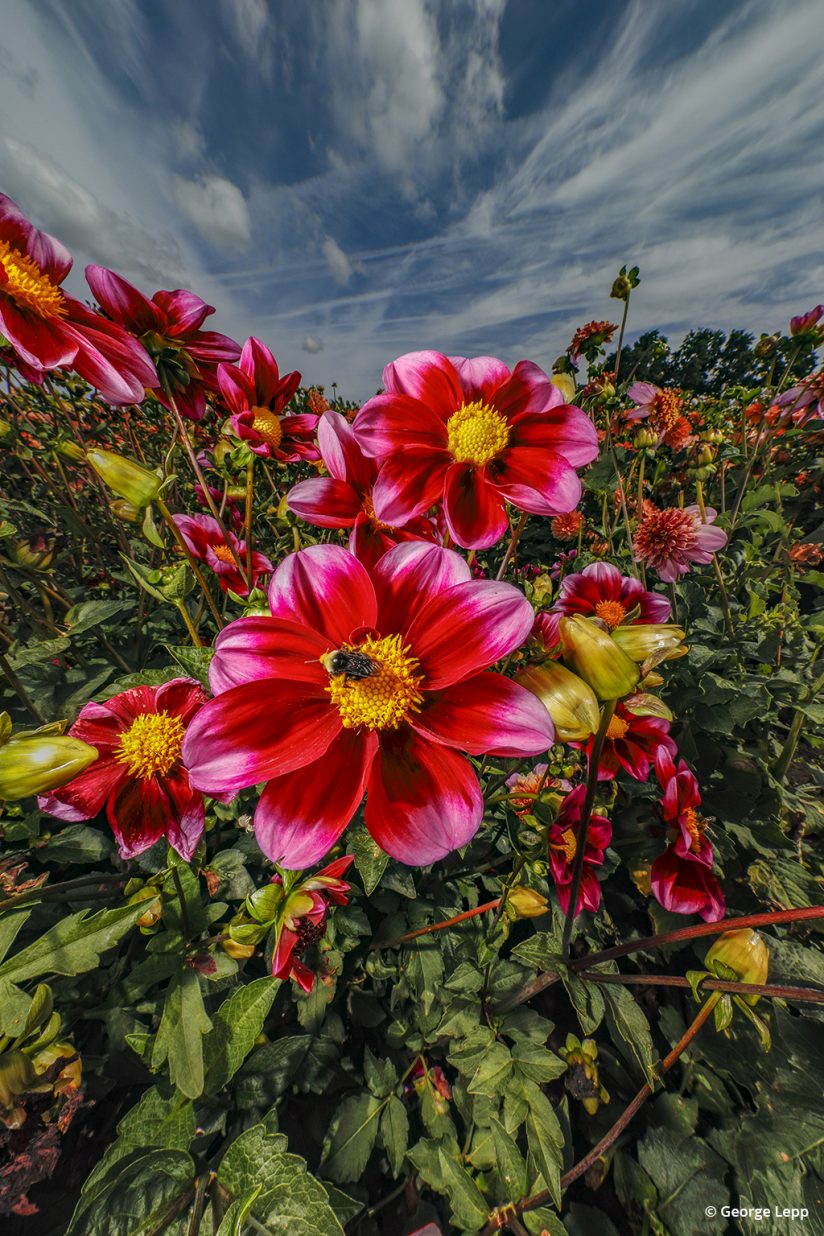
The Canon EOS R turned out to be a wonderful tool for working on a different approach to flower imaging. I used the Mount Adapter EF-EOS R to attach my EF 11-24mm f/4L USM wide-angle zoom at 11mm. Once again, the mount enabled perfect communication between the camera and lens. Using the articulating rear LCD, I tried some images at the lens’ closest focus distance at ƒ/22 for maximum depth of field. I threw in an off-camera diffused flash, and the end result was a really different perspective on field flowers.
Landscapes In The Cascades
The Northwest’s Cascades Range offers magnificent mountains, lush lakes, rivers and waterfalls, and great opportunities to field test the landscape capabilities of the Canon EOS R camera. Hiking light with the EF 100-400mm f/4.5-5.6L IS II USM attached via the mount adapter, I concentrated on vignettes of water features along Oregon’s McKenzie River. Other accessories included a tripod, a 5-stop neutral density filter, and a cable release. Using the EF 100-400mm f/4.5-5.6L IS II USM, I framed aspects of the river’s rapids; the 5-stop ND filter allowed me to lengthen exposures to 1/8 sec. and 1/4 sec. to convey the water’s flow. Mirrorless has an inherent advantage for long exposures: there’s none of the internal vibration caused by mirror slap in a reflex capture, because it’s essentially using “Live View” all the time. And between the bright electronic viewfinder and articulated LCD, composition was easy to accomplish.
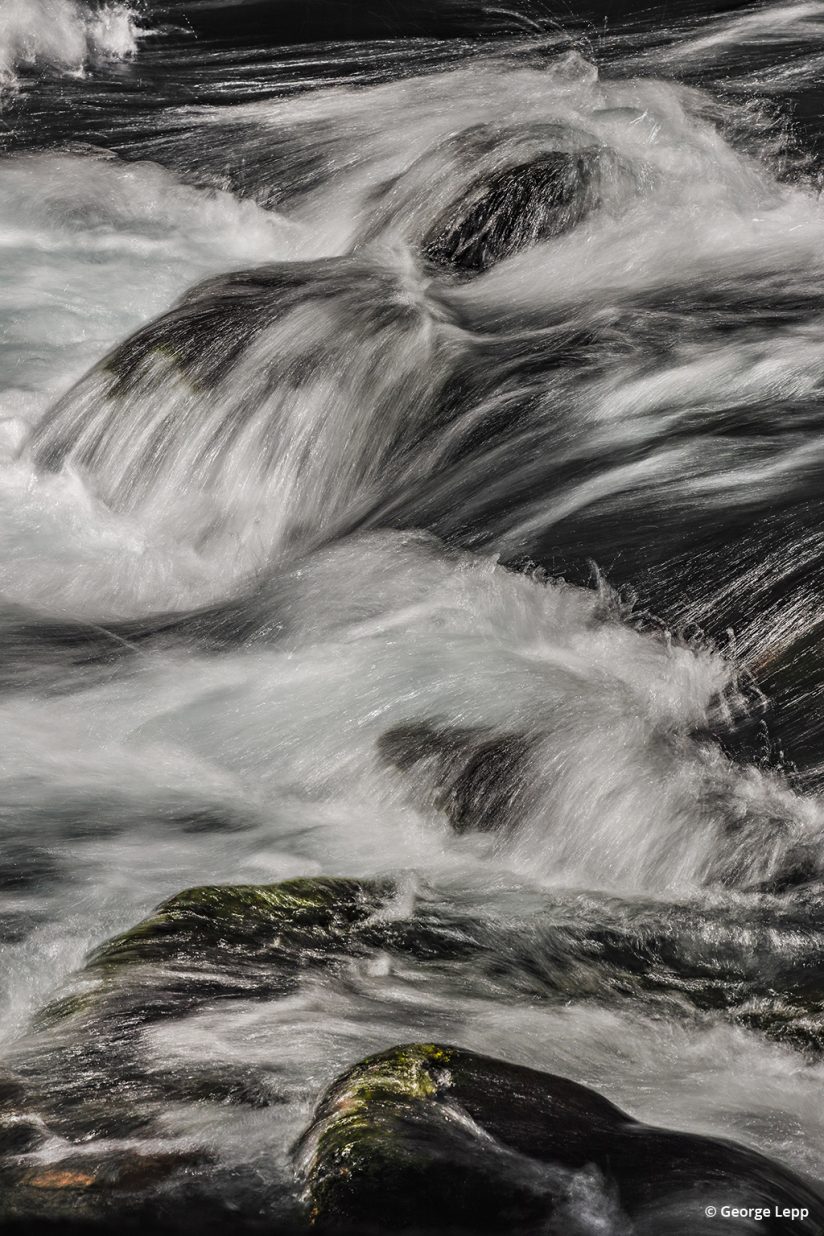
I really appreciated the variety of ways that the camera settings can be viewed and changed. You can see the information in the electronic viewfinder or on the LCD; the feature can be activated and changed either with dials or on the touchscreen. Canon has added another way to control the camera with a Control Ring built-in to the front of RF lenses, or a similar ring on the optional Control Ring Mount Adapter EF-EOS R ($199). The camera can be programmed so that one of a number of settings, such as ISO, shutter speed or aperture, can be adjusted via the Control Ring, meaning you don’t need to take the camera away from your eye, and you can see the results in the electronic viewfinder as you make the changes. Another new feature to facilitate camera control is the Multi Function Bar on the back of the camera. This can be programmed in numerous ways to change camera settings instantly. On my EOS R, the Control Ring is set to quickly change ISO and the Multi Function Bar to move between different AF sensor configurations.
Back In The Blind For Projected Flash
For the last field trial, I returned to the photo blind and “my” covey of quail. I set up the Canon EOS R and the EF 500mm f/4L IS II USM with an EF 2x III tele-extender (1000mm) and a Canon Speedlite 600EX-RT flash with a MagMod Magbeam Fresnel Flash Extender (magnetmod.com)—all on a tripod, of course. I combined the exposure for ambient light with the concentrated flash to open up shadows and bring out color when the subject was in full shade. The flash was set to 1.5 stops less than the ambient light. The camera flash syncs at 1/200 sec., but the flash can be set to high-speed sync to allow faster shutter speeds, albeit with some loss of flash power. All worked as planned, and reviewing the images immediately on the camera’s LCD allowed me to fine-tune the flash to ambient light ratios.
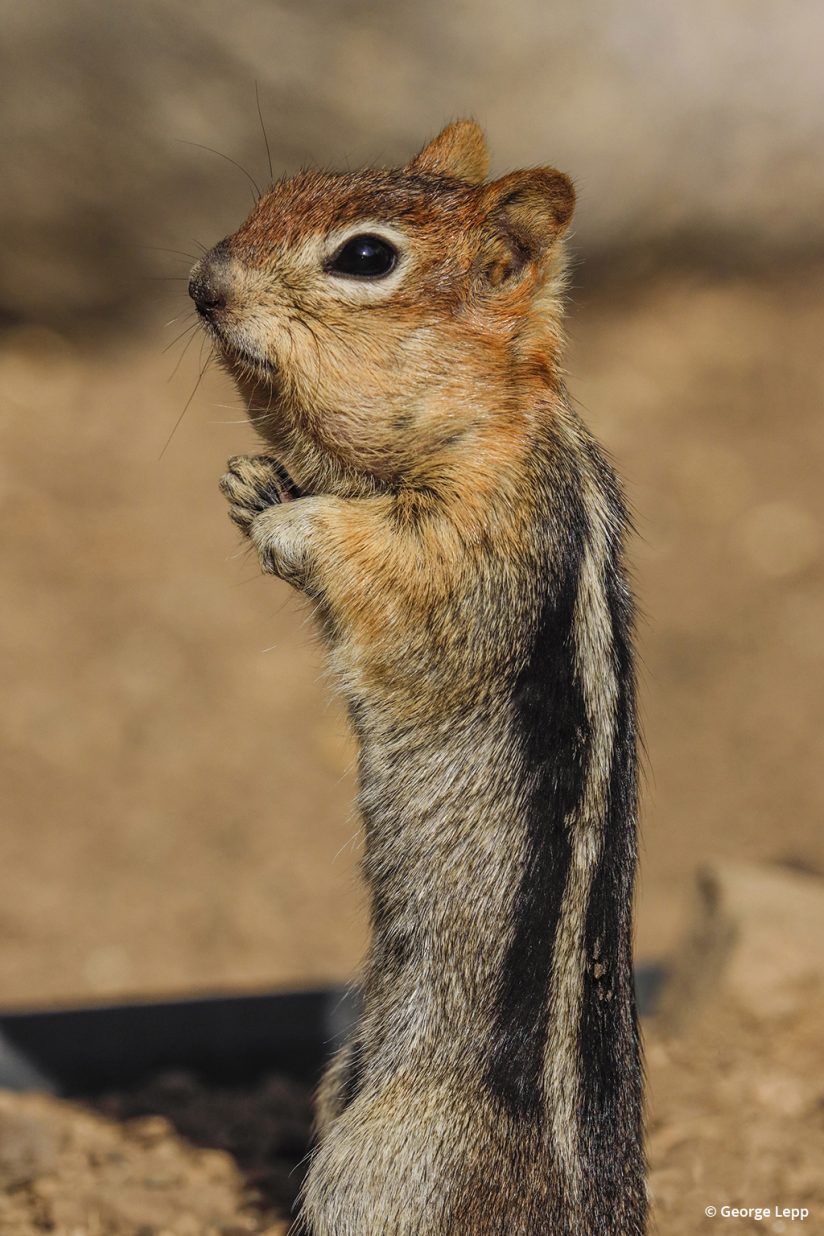
Then I tried out the Canon EOS R’s WiFi capability. I left the blind, set the camera up on a short tripod in the quail habitat, and moved to a vantage point about 30 feet away.With the Canon Camera Connect app, my smartphone became a remote viewer and controller, managing settings, focus and capture. Individual images can be saved to the phone, or the app can be set to automatically send all images as they are captured, in full resolution or reduced-size JPEG—although that can load up the phone and draw a lot of battery power. But once on your phone, the images can be further transmitted or shared via the internet.
So Yes, I Do Need (Want) The Canon EOS R
It’s hard to resist a new tool with great versatility and features that allow me to expand my creative and technical capabilities. The electronic viewfinder offers new possibilities in action 4K video, where I need to follow a moving subject; the AF capability at ƒ/11 is important for some of the extreme long-lens and tele-extender combinations; the quiet—even silent—shutter is critical when close to wildlife, in or out of a blind; and the mirrorless design that eliminates internal vibrations increases image sharpness. For me, the size doesn’t really matter, but it will be important to some users.
I’m really looking forward to continuing to use the Canon EOS R with more subjects in a greater variety of conditions. Every time I take it to work, I learn more. Of course, before I learn it all, I’m guessing a next generation of this series will arrive, setting a new bar for the latest and greatest. Sounds like fun to me.
The post Field Testing The Canon EOS R appeared first on Outdoor Photographer.

